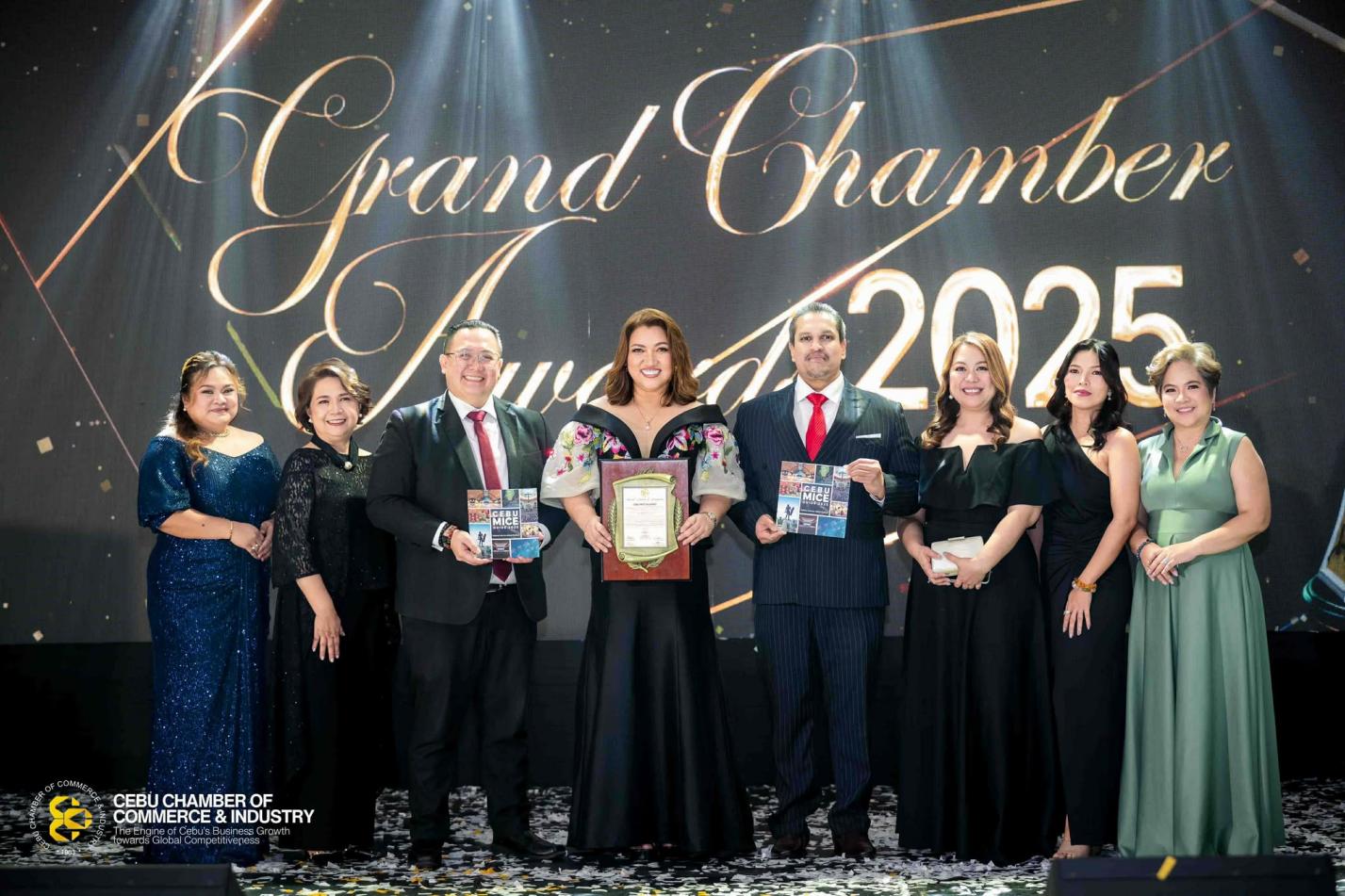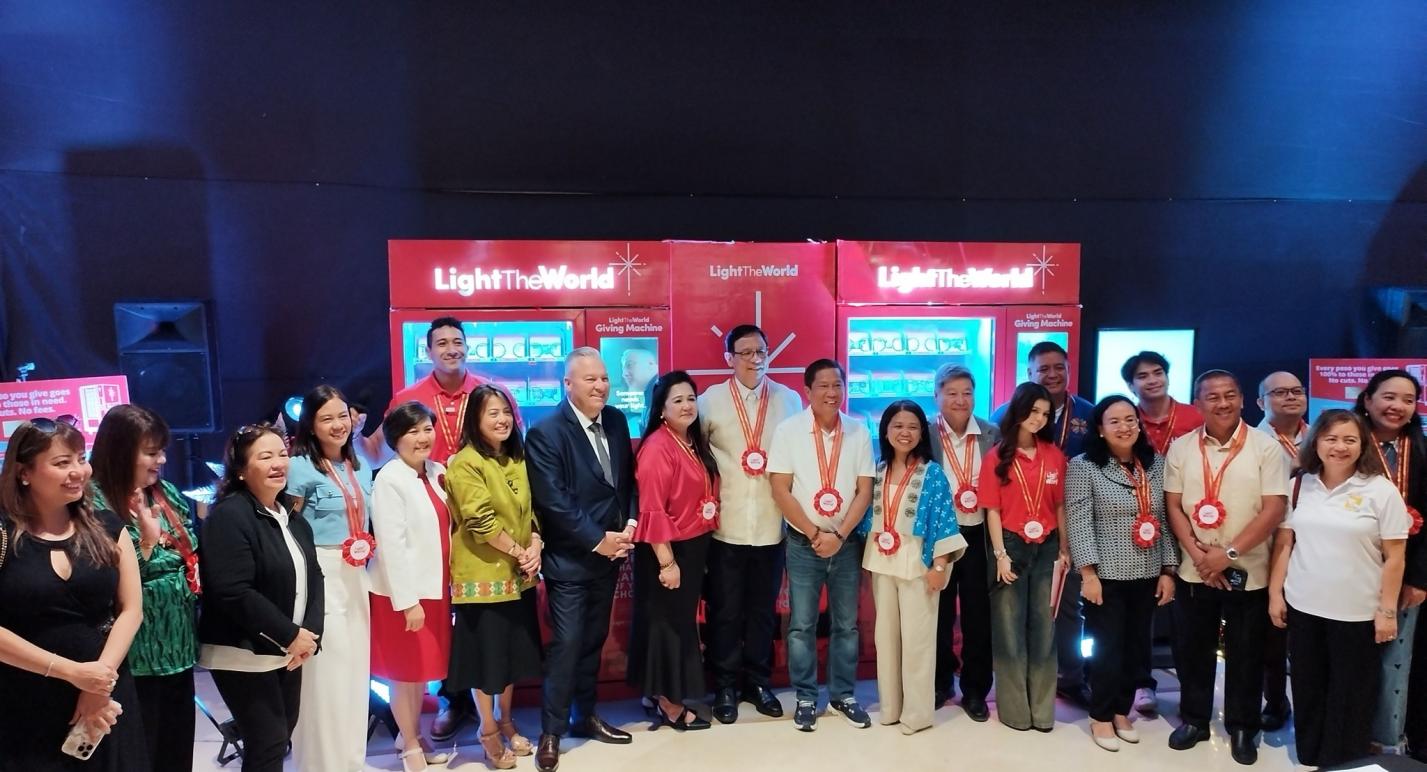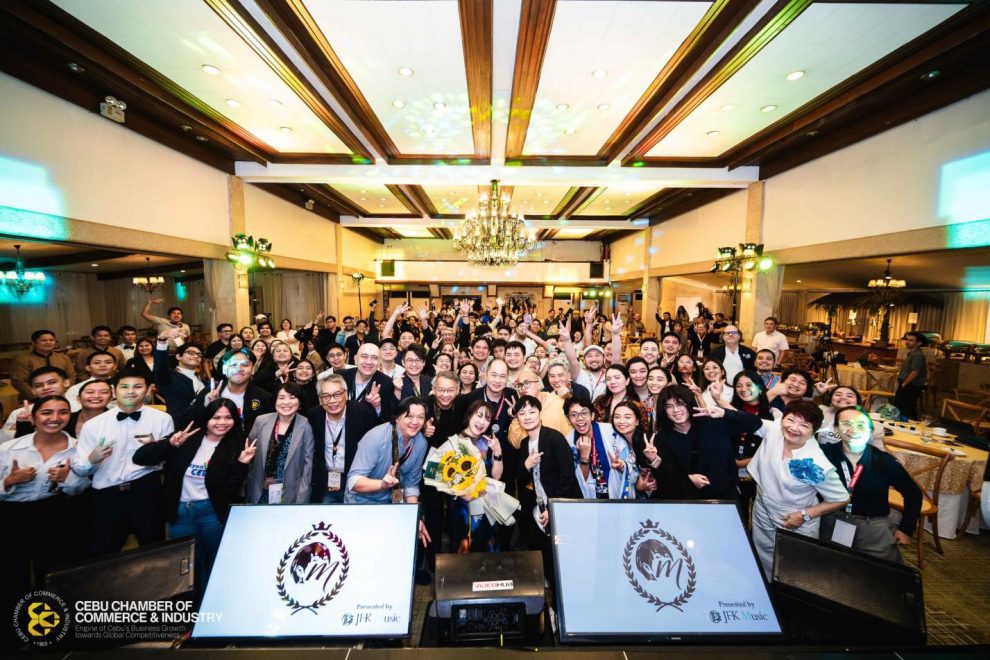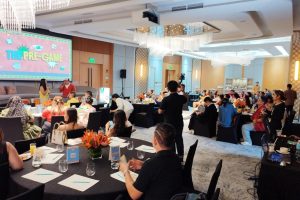Cebu, Philippines — Cebu’s creative sector is rapidly emerging as a key driver of innovation and growth across multiple industries, with business leaders highlighting how animation, digital media, and creative entertainment are now essential tools for enhancing manufacturing, tourism, fashion, and technology.
At the recent Creative Entertainment Business Forum, held under the banner of Cebu Business Month (CBM) 2025, Cebu Chamber of Commerce and Industry (CCCI) President Jay Yuvallos called on stakeholders to recognize creativity not just as a cultural asset, but as a strategic economic advantage.

“The foundation of who we are as a people is our creativity and attention to detail,” said Yuvallos. “We see this in our heritage industries—furniture, guitar-making, crafts—and now, we must build bridges between these and digital creative fields like animation and digital storytelling. That intersection is our way forward.”
Yuvallos emphasized that creative skills will soon permeate every industry, becoming indispensable in product design, branding, marketing, and virtual experiences.
“It’s all about communication and storytelling,” he noted. “Creative entertainment will support sectors from manufacturing and fashion to tourism and tech.”
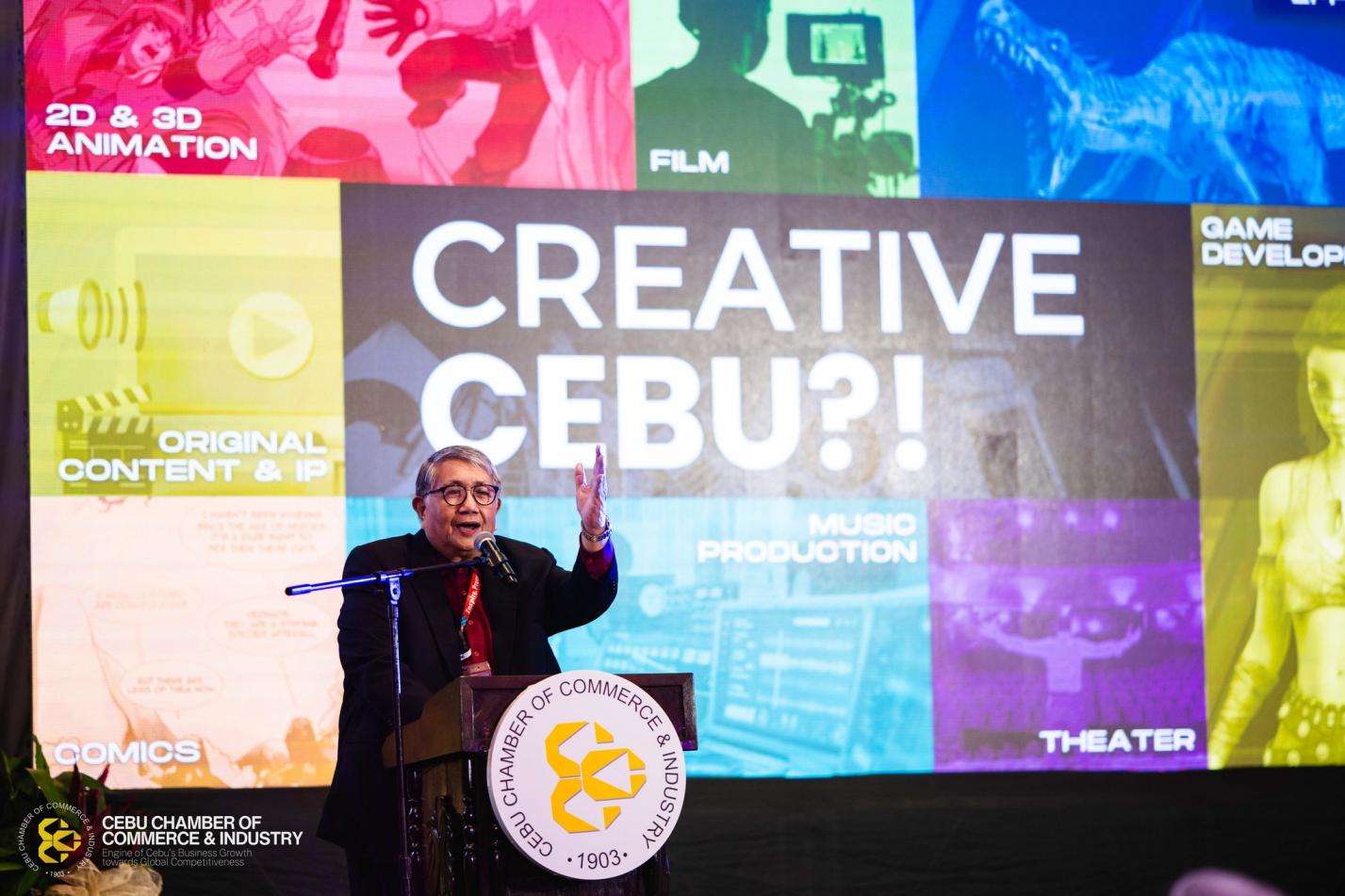
Echoing this vision, Mario Panganiban, President of the Cebu Creative Council, laid out a roadmap to develop a stronger creative infrastructure, including the planned Silver City within Cebu’s proposed Creative City framework.
Panganiban also announced plans to establish creative hubs in Bogo City, Danao City, and Carcar City in Cebu, and in key creative destinations across the country including Cagayan de Oro, Boracay, Siargao, and Ormoc. Some local governments have already expressed support for the initiative.
“These hubs don’t need to be complex—they can be coffee shops or small shared spaces where creatives can gather,” Panganiban said. “With basic infrastructure like computers, software, and reliable Wi-Fi, we can begin providing training, classify talents, and connect them to jobs.”
To build a future-ready talent pipeline, Panganiban also proposed introducing AI training and digital creative modules in high schools, enabling students to earn micro-certifications that qualify them for industry roles right after senior high school.

Juan Miguel Del Rosario, Chairman of the Animation Council of the Philippines, welcomed the proposed creative education reforms and emphasized the economic potential for youth entering the sector. He also backed the development of a Creative District in Cebu, describing it as vital to nurturing a self-sustaining industry.
“This is how Hollywood works—it’s a full ecosystem,” said Del Rosario. “For us to succeed, we need to build a similar environment where all parts of the creative value chain are present and connected.”

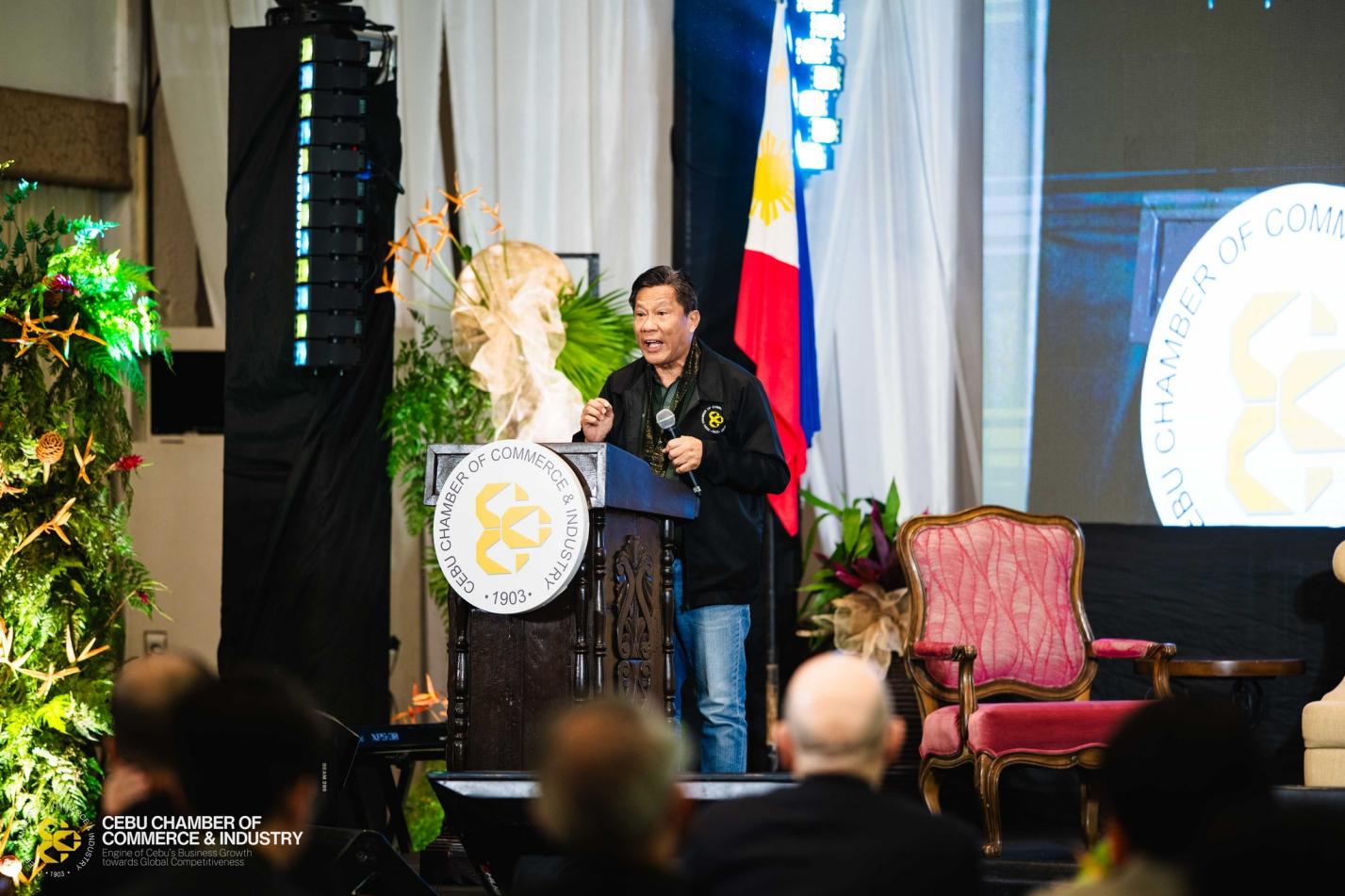
CCCI President Yuvallos reiterated Cebu’s unique position to lead in creative development, with its strategic location, international connectivity, and world-class airport infrastructure.
“Let us build a Creative Cebu—a place where art, imagination, and dreams meet enterprise. Where stories generate value. Where innovation is driven by the innate creativity of the Cebuano,” he urged.


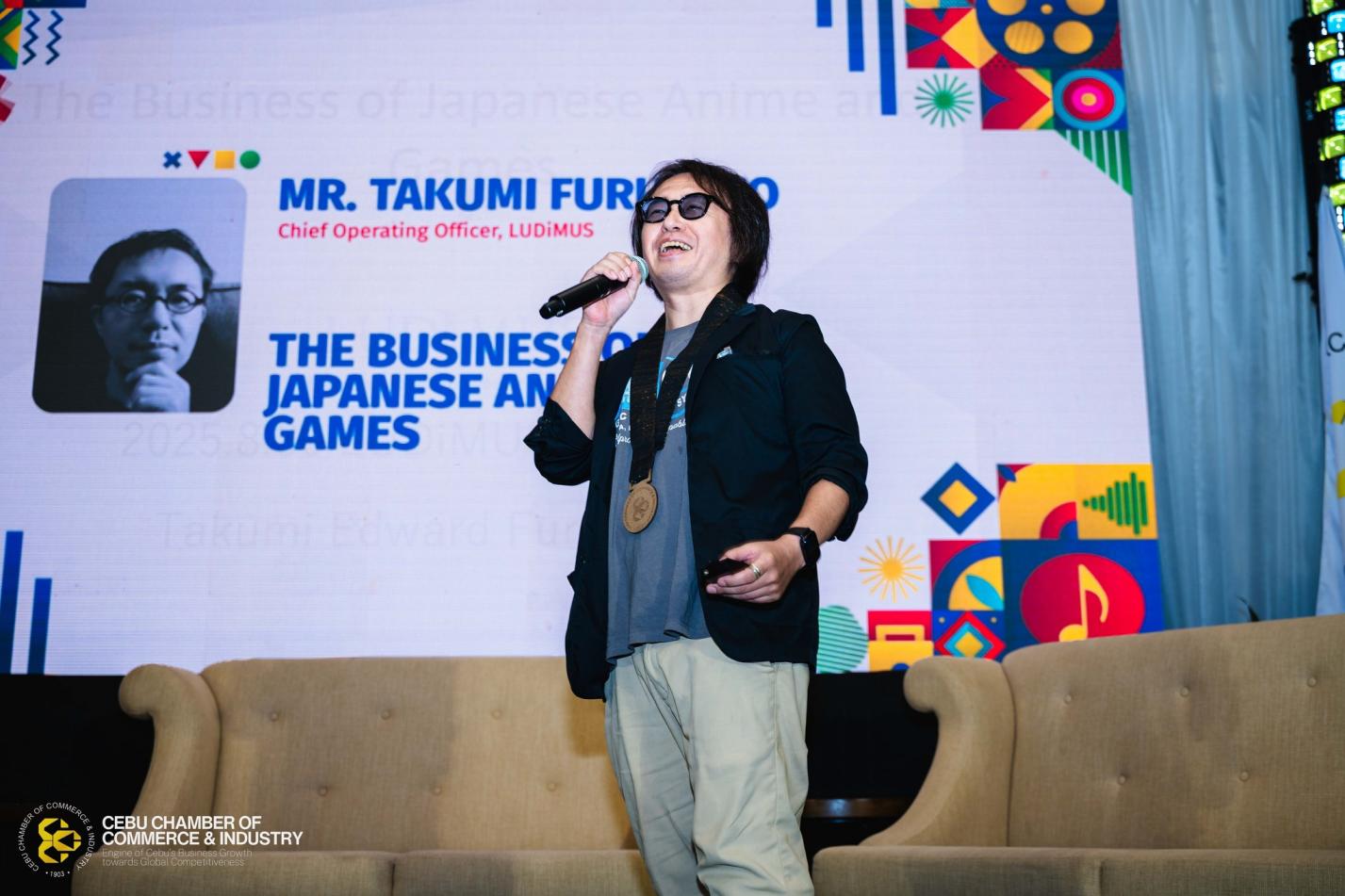
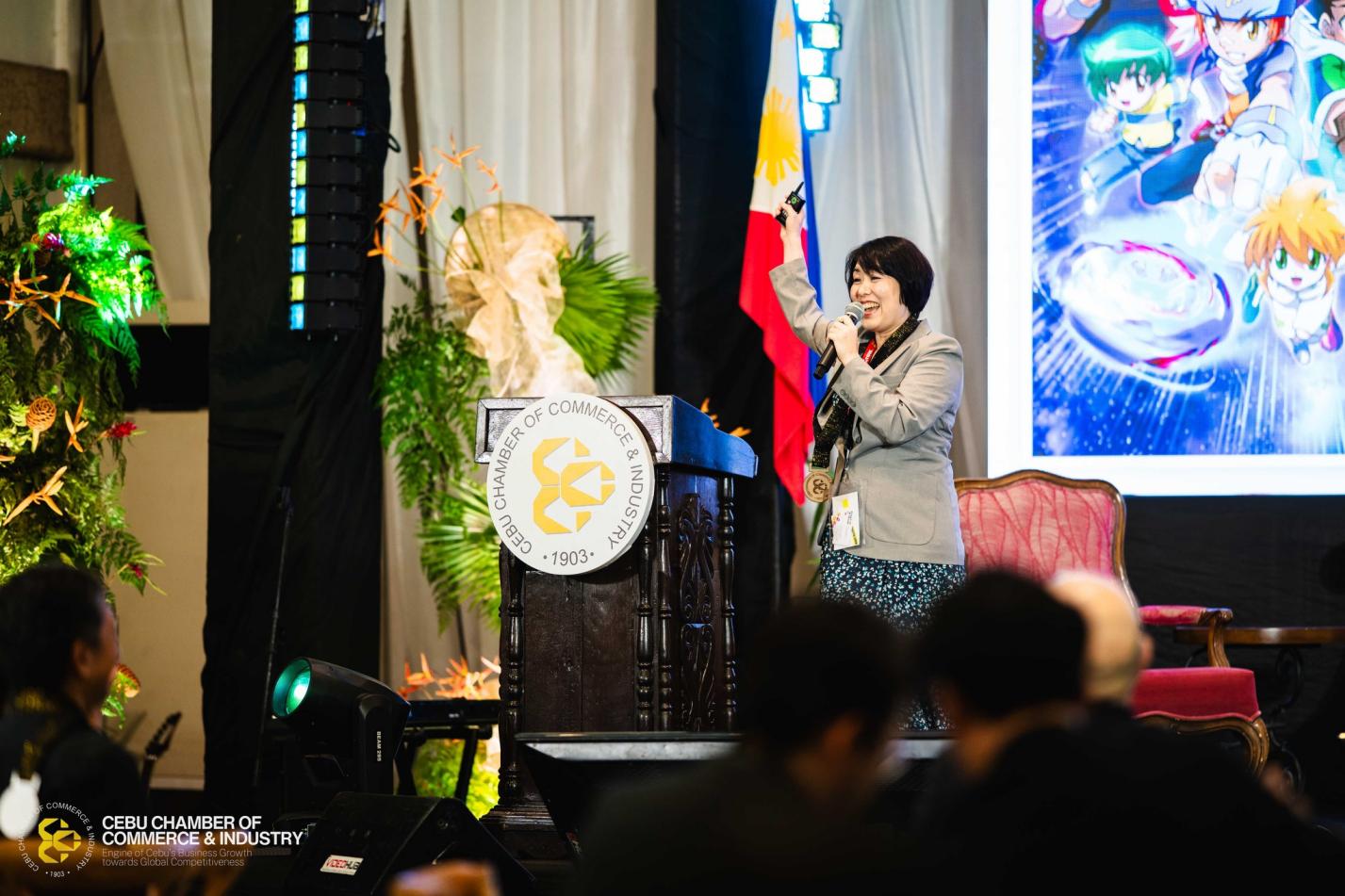

The two-day Creative Entertainment Business Forum—a highlight of CBM 2025—featured thought leaders and innovators from Japan, Singapore, Indonesia, Malaysia, and the Philippines. Discussions spanned global trends, regional collaborations, and investment opportunities in Southeast Asia’s growing creative sector.
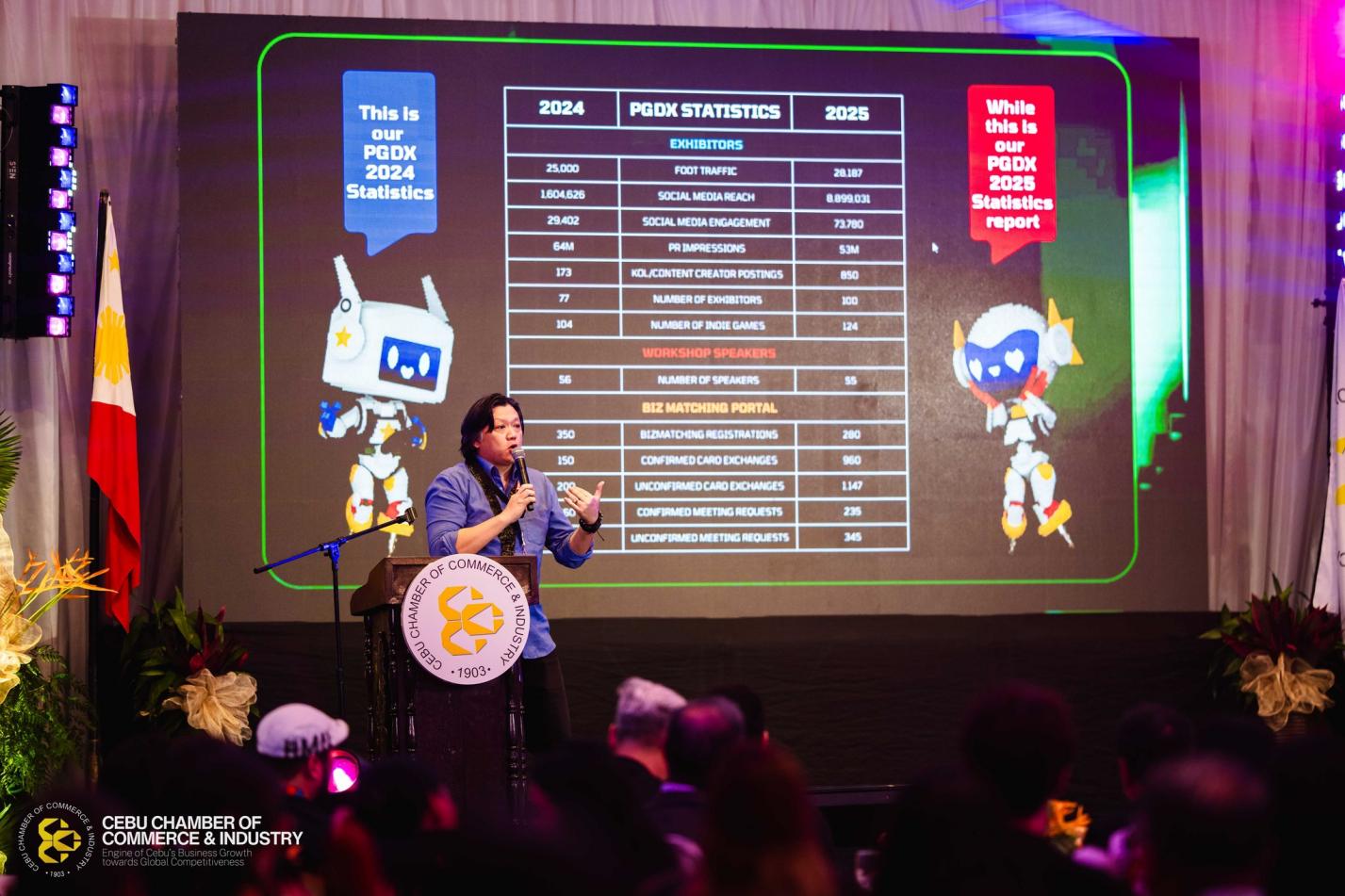
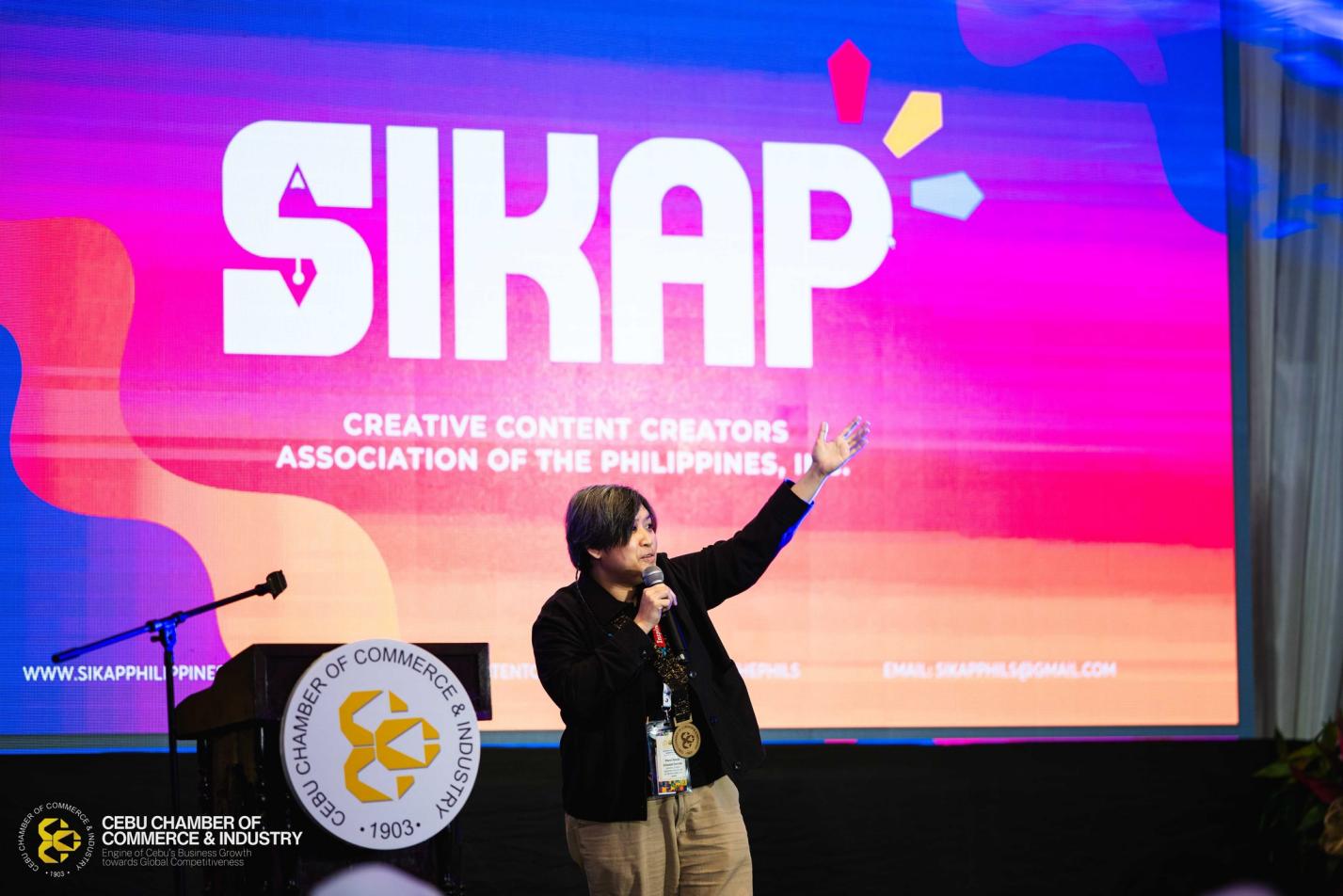
Leaders from the Game Developers Association of the Philippines (GDAP) and SIKAP (Creative Content Creators Association) also provided updates on upcoming industry events, including the GameDev Summit, PGDX, and new animation festivals.
As Cebu positions itself as a Creative Entertainment Hub in the Visayas, the momentum generated from the forum signals a strong commitment across sectors to elevate creativity as a pillar of economic transformation.
For more information, please call Cebu CCI at 2321421 to 24 or email us at info@cebuchamber.org.


